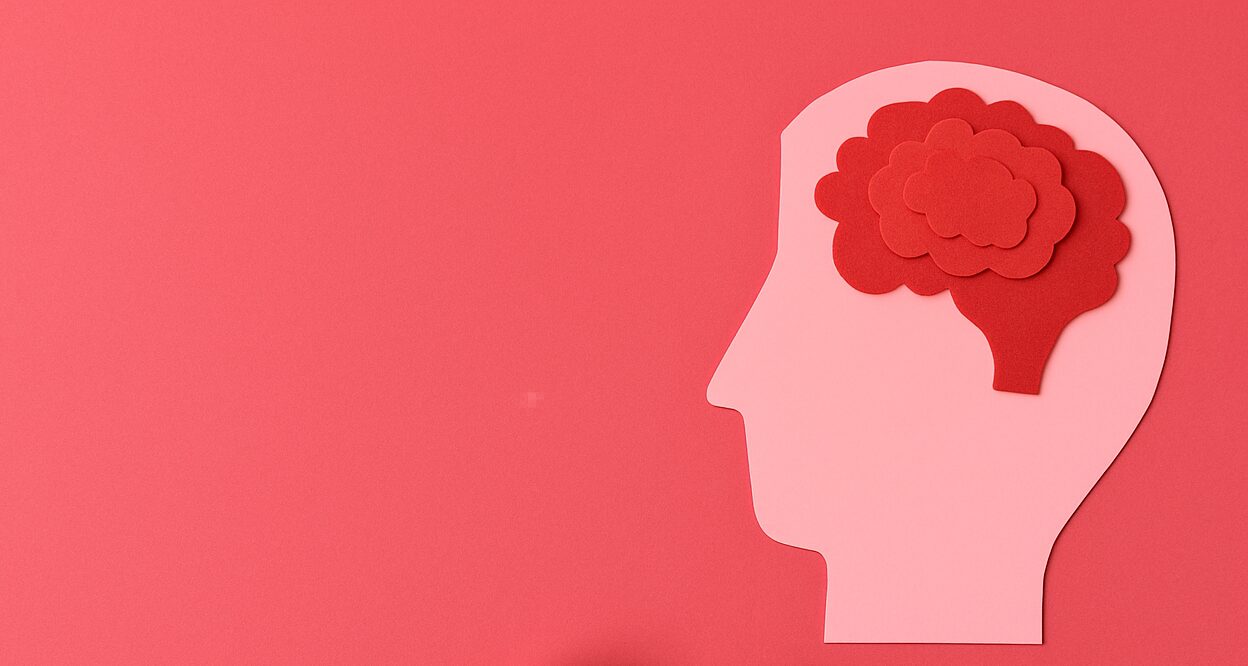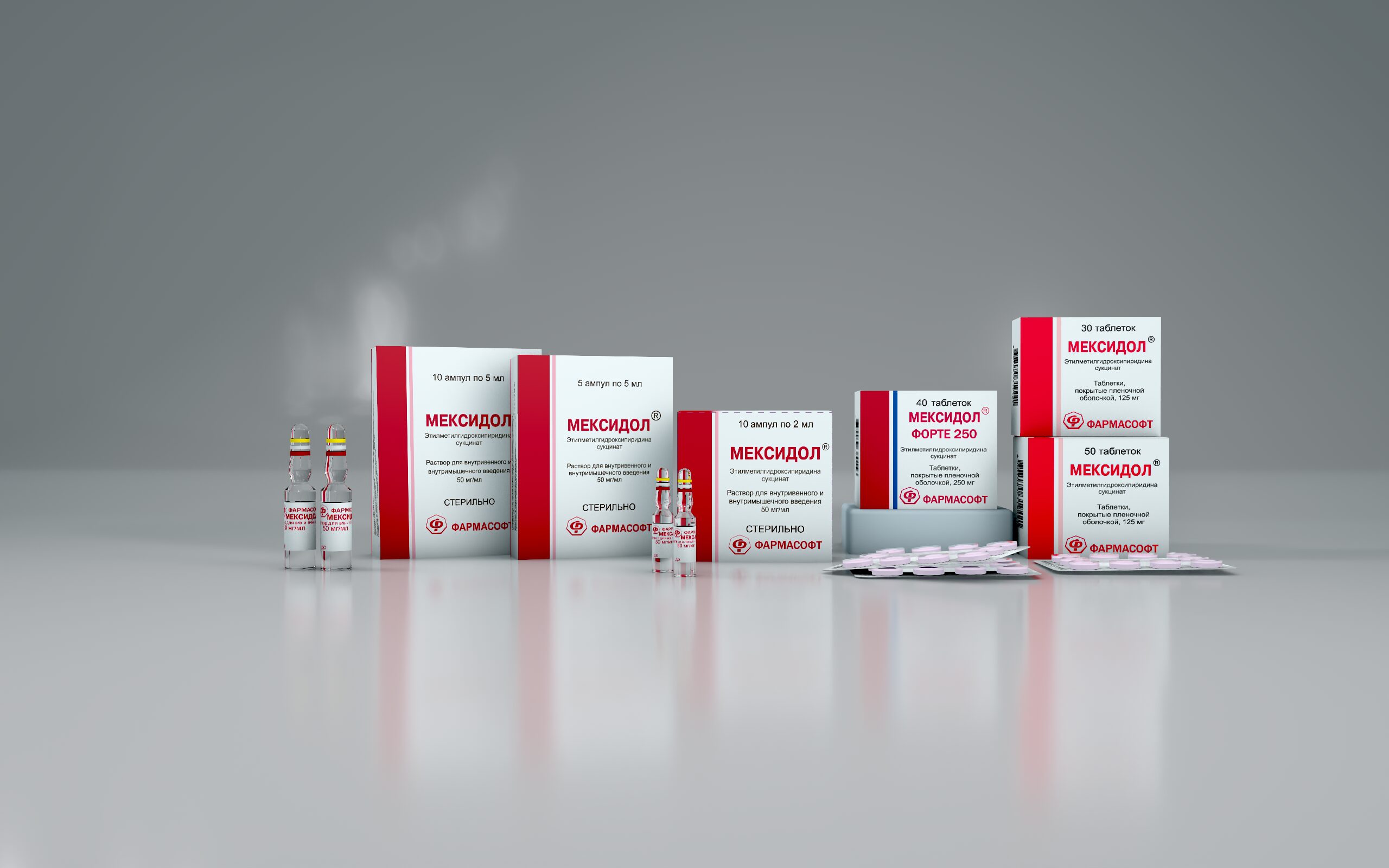What is a stroke and its types
On World Stroke Day, it is important to remember that stroke is a global medical and social problem in Russia and worldwide due to its high prevalence, disabling consequences, and high mortality rates. Stroke is an acute cerebrovascular accident that can be ischemic (associated with a vascular occlusion) or hemorrhagic (associated with bleeding). Of all types of stroke, ischemic stroke, or cerebral infarction, is the most common, resulting from a sudden reduction in blood flow to the brain due to various causes.
Post-stroke cognitive impairment: what is it? Causes
impairment often occurs after a stroke , including confusion, lethargy, disorientation, speech disorders, and problems with memory, attention, concentration, thinking, and planning. Post-stroke disorientation is one of the most common manifestations of post-stroke cognitive impairment. In severe cases, the severity of cognitive impairment can reach the level of dementia.
Cognitive impairment after a stroke is associated with damage to the areas of the brain responsible for information processing. The post-stroke period is characterized by various forms of higher mental function impairment, which require a specialized approach to treatment for each patient.
Weakened memory, difficulty concentrating: cognitive impairment in stroke
For example, a frontal lobe stroke leads to impairments in voluntary movement control, speech, memory, and behavior due to damage to neurons responsible for planning, coordination, and emotion. The consequences of a frontal lobe stroke include not only motor impairments but also severe cognitive impairment.
The consequences of a frontal lobe ischemic stroke include weakness or paralysis of one side of the body (hemiparesis/hemiplegia), difficulty swallowing (dysphagia), speech impairment (aphasia), personality changes, impulsivity, or apathy. Post-stroke lethargy is often accompanied by memory impairment , which significantly complicates the patient's recovery.
The main cause of ischemic stroke in the frontal lobe is acute ischemia in the anterior and middle cerebral arteries. Post-stroke cognitive impairment can manifest itself in various forms depending on the location and size of the lesion.
Treatment of post-stroke cognitive impairment
Impairment of cognitive and other neurological functions after a stroke significantly impacts quality of life, often leading to patient disability and requiring comprehensive treatment. Patient recovery medication but also non-pharmacological approaches, such as specialist-guided cognitive training, physical activity, and drawing or sculpting to improve fine motor skills, cognitive function, and emotional well-being.
Pathogenetic treatment
Pathogenetic treatment of neurological disorders after stroke aims to restore disrupted processes in the brain and prevent further damage. Therapy includes medications to improve blood circulation, protect and restore neurons, and reduce inflammation—a process known as neuroprotection.
One of the most well-known neuroprotectors is Mexidol (ethylmethylhydroxypyridine succinate). The S.S. Korsakov Journal of Neurology and Psychiatry published an article by N.A. Shamalov et al., "Results of an international, multicenter, randomized, double-blind, placebo-controlled study evaluating the efficacy and safety of sequential therapy with ethylmethylhydroxypyridine succinate in patients in the acute and early recovery periods of ischemic stroke (IS)."
According to the results of this study, the use of Mexidol in patients with cerebral infarction (ischemic stroke) reduces the severity of neurological deficits and improves the recovery of neurological functions, as well as improves functional outcome and reduces disability. Mexidol helps improve cognitive function in patients after stroke.
In case of cerebral infarction (ischemic stroke), Mexidol is administered intravenously by drip at 500 mg (10 ml) 2 times a day for 10 days, after which a transition is made to taking Mexidol FORTE 250 at 1 tablet 3 times a day for 60 days.
Symptomatic treatment
Symptomatic treatment is aimed at relieving specific symptoms and includes various medications depending on the disease's manifestations. Medications to improve memory, concentration, and other cognitive functions are prescribed based on the patient's individual condition. Medication-based therapy should be combined with non-medication approaches to achieve maximum effectiveness.
Rehabilitation and psychotherapy
Rehabilitation is a key component of treatment for post-stroke cognitive impairment. A comprehensive rehabilitation program includes speech therapy, psychology, physical therapy, and occupational therapy. Psychotherapeutic methods help patients adapt to their new condition and recover from the illness.
Prevention and recovery speed after stroke
Stroke prevention includes blood pressure control, smoking cessation, a balanced diet, physical activity, and managing underlying medical conditions. It's important to remember that preventive measures should be followed consistently, especially in patients with risk factors for stroke.
The speed of recovery after a stroke varies from person to person, but significant improvements are most noticeable in the first 3–6 months, while active rehabilitation can last anywhere from several months to several years. During the recovery period, it's important to maintain an optimistic outlook and undergo regular follow-up with specialists.
Conclusion
Thus, stroke is a dangerous condition that causes a variety of cognitive and neurological impairments that limit a person's ability to function. Timely diagnosis, adequate treatment, and intensive rehabilitation are essential; they can significantly reduce the consequences of stroke and improve the quality of life of patients. Prevention and a healthy lifestyle are key to reducing the risk of stroke and its complications.

